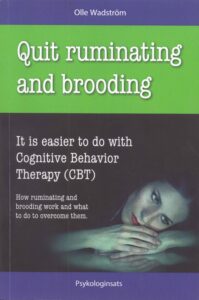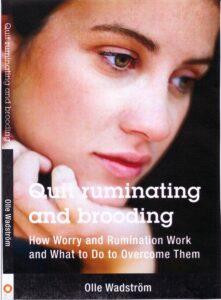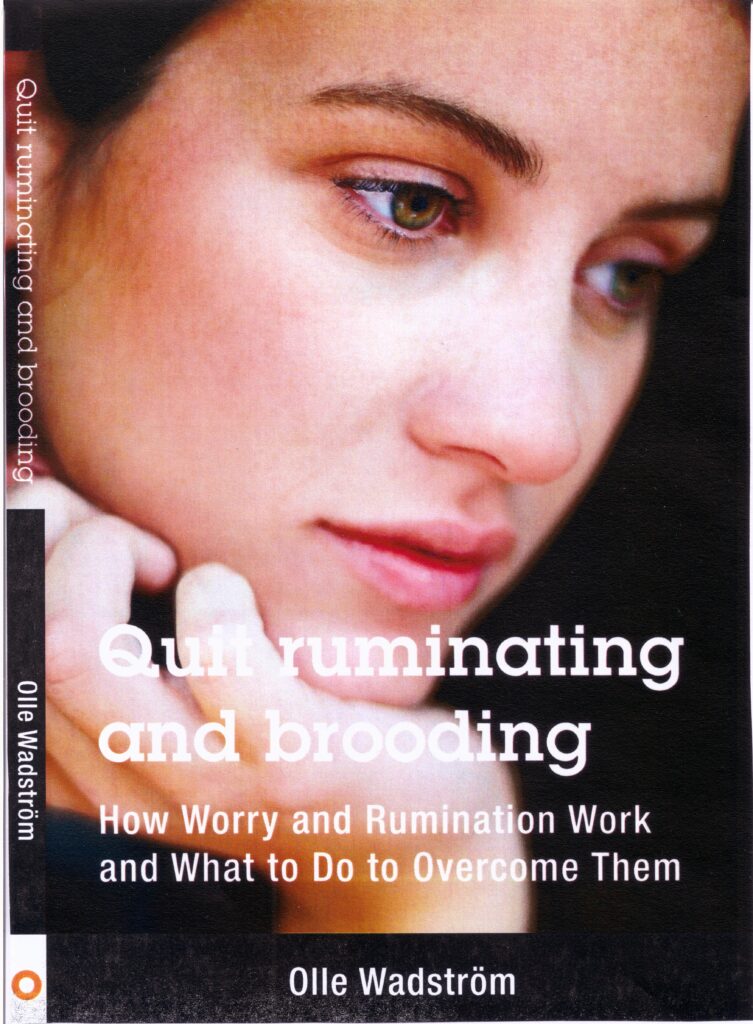 If you get thrown off a horse you need to get back in the saddle as soon as possible. Everyone who has ridden a horse knows this. If you do not get back in the saddle immediately after being thrown off, you will automatically be scared of horse riding in the future.
If you get thrown off a horse you need to get back in the saddle as soon as possible. Everyone who has ridden a horse knows this. If you do not get back in the saddle immediately after being thrown off, you will automatically be scared of horse riding in the future.
If you perform some anxiety-lowering safety-behavior, such as avoidance or escaping, when you are frightened or feel anxiety, you get more scared of the thing you avoid or escape from. The thing that you leave or protect yourself from gets the “blame” for the anxiety, even if it was not originally the thing that frightened you.
And this will, in the future, trigger automatic fear or conditioned fear. Hence, you teach your autonomous nervous system to be automatically frightened of something that used to be neutral or harmless. It is called conditioning when a previously completely neutral stimulus has turned into a conditioned stimulus, a “trigger” for anxiety.
Hence, you teach your autonomous nervous system to be automatically frightened of something that used to be neutral or harmless. It is called conditioning when a previously completely neutral stimulus has turned into a conditioned stimulus, a “trigger” for anxiety.
Little Albert, only a year old, sat playing with a rat. While the boy sat there, someone snuck up behind him and banged two metal objects. Sudden noises are natural frighteners, and Albert was naturally very frightened. The boy started to scream and cry. The rat was instantly removed from him. They helped him to escape the rat, even though it was not the rat that had frightened him.
He calmed down after a little while and the rat was not with him at the time. After this, Albert was automatically frightened and started to scream as soon as he saw the rat. Albert was conditioned to be frightened by the rat. The rat had become a conditioned stimulus that triggered automatic fear. The rat, which had become a conditioned stimulus, which means that Albert’s nervous system had learned to automatically trigger fear as soon as he saw the rat.
If you escape from a discorforting thought when anxious you might be scared of that thought. Just goes on over and over again when you ruminate. The escape behavior can be distraction, rebuttal, reinsurance, even positive thinking, namely everything that gives an immediate calm.
This is an exerpt from the book Quit Ruminating and Brooding by Olle Wadström. Comments and discussions are encouraged. A new model for treating worry and rumination4
The book is available in two similar versions. Please choose the the green and black version of the book or the black version . AuthorHouse is illegally printing and selling the book (a white version of the book).

